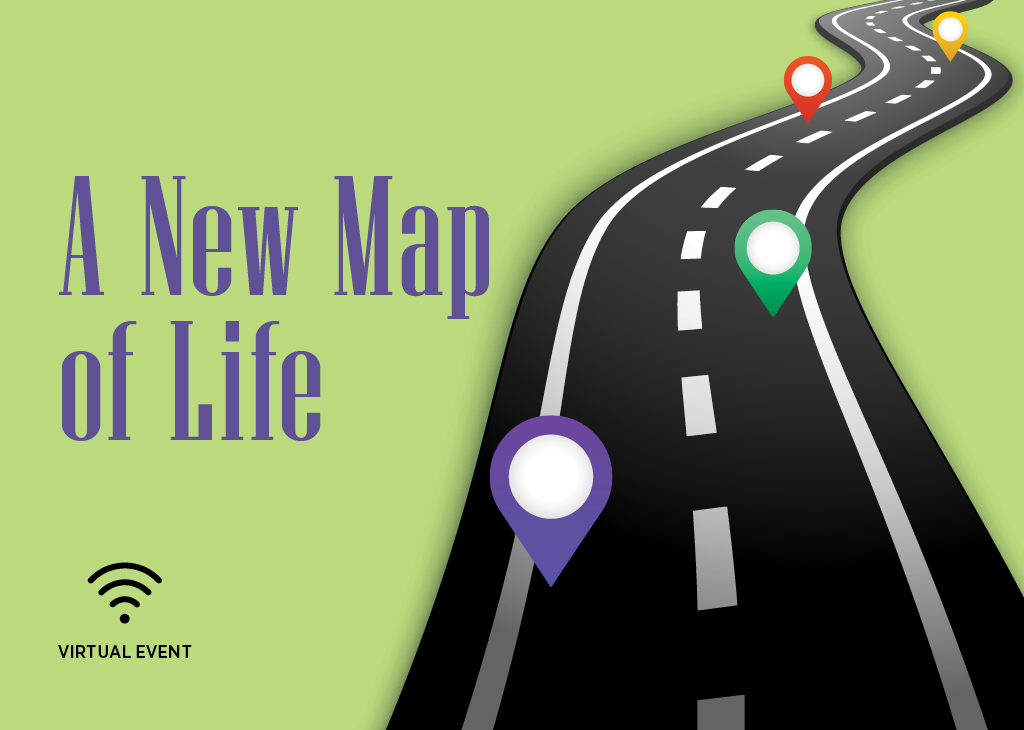Today people are living longer than we ever thought possible. Since 1960, life expectancy has increased by nearly a decade to 77.8 years. And our aging population will continue to grow, with our Baby Boomer senior population almost doubling in the coming years.
As we live longer, how can we enjoy the years that come with increased longevity? By reframing old age as a new stage of life, we have an opportunity to create “A New Map of Life” according to Stanford-based psychologist Dr. Laura L. Carstensen. This can be the defining difference between life longevity and century-long living. Setting aside cultural norms and paving our own path toward fulfillment and happiness through education and mental stimulation is key to creating our New Map of Life.
“Education is a powerful predictor of how well people do as they age,” states Dr. Carstensen. “The incidence of dementia has been going down over historical time, and we think that this is related to education.”
Research shows that highly educated people (those with more than 16 years of education) have fewer functional limitations as they age, specifically in terms of dementia. Education not only equates to higher education, but it also means a focus on lifelong learning to maintain cognitive health. If you love listening to music, read about the history of your favorite musician and share that knowledge with family and friends. If you’re the humorous type, write or learn some new jokes and test material on your favorite audience.
According to Dr. Carstensen, we subconsciously compare young and old people on a myriad of different variables, and we often tend to ignore the older members of our population, leaving the over-65 population (about 14% of the U.S.) to “catch up.” Instead of focusing on a singular age group, she says we should prioritize appealing to all demographics.
By simply adjusting the conversation to include older individuals, we can transform our culture into one that embraces and fosters century-long living. This foundational change can happen at every level. Start small by incorporating inclusive ideas with groups of friends – whether that is through a book club or a regular movie night where you discuss cross-generational ideas. Even these small ventures help build the social and educational aspects to shift the conversation towards the wants and needs of the older generation.
Many cultures, especially American culture, prioritize youth as the cure-all. Historically, old age was synonymous with mental disorders, explains Dr. Carstensen, despite significantly lower rates of psychological limitations such as substance abuse, anxiety and depression present in seniors. So why do we juxtapose aging with a decrease in cognitive and functional ability? The answer: the intricate functioning of our culture. We are told from birth that youthfulness equates to beauty, mental aptness, physical fitness and more. Reframe this ongoing chase for youth by embracing aging in new ways. For example, imagine if you could redefine beauty standards by using makeup to express yourself with bold color choices rather than simply a desire to look younger.
Learning new solutions to combat the negativity surrounding aging will help foster a more inclusive conversation and redefine the expectations of youth. And through education, we can understand our own biases alongside societal and cultural influences.
By creating a New Map of Life as we age, we can live with purpose and intention to help us on our journey to century-long living. At Belmont Village, our Whole Brain Fitness program supports that journey by nurturing and engaging the mind, body and spirit each day, in specific ways. We focus on seven essential elements that include a sense of purpose, mental workouts and lifelong learning, the right nutrition and physical exercise, reduced stress, and a strong social network. Learn more about Whole Brain Fitness.

